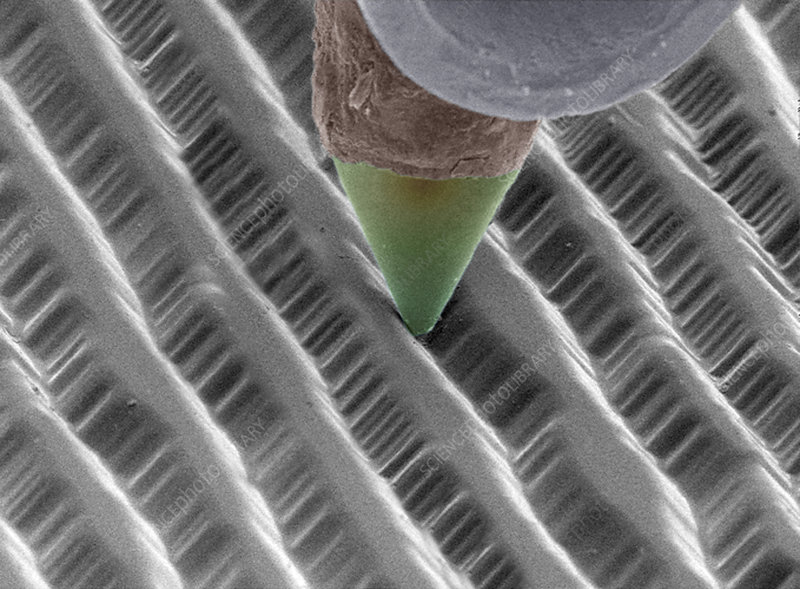We're often asked this and here is the best and the simplest reply. We're focussing here on the mechanics and not what makes one turntable better than another.

A turntable stylus, also known as a needle or cartridge, is an essential component of a vinyl record player. Its primary function is to read the audio information encoded on the walls of the vinyl record grooves and convert it into an electrical signal that can be amplified and played through speakers.
The stylus is attached to the tonearm of the turntable, which holds it in place as it moves across the record surface. The stylus consists of a tiny, diamond-tipped needle that is designed to fit into the groove of the vinyl record.
When the turntable is turned on, the record spins at a constant speed. As the stylus is lowered onto the record surface, it rests on the walls of the grooves. The grooves in the vinyl record are physically etched in a spiral pattern and contain the audio information in the form of minute variations in depth and width. On the left side of the groove and on the right side are channels of audio information that makeup stereo sound.
As the record rotates, the stylus traces the contours of the groove. The diamond tip of the stylus carefully follows the groove walls, and as it does so, it experiences the variations in the groove's shape. These variations correspond to the audio signals that were originally recorded onto the vinyl record during the mastering process.
When the stylus encounters a bump or a dip in the groove, it is mechanically displaced. This displacement creates vibrations in the stylus, which are transmitted to the cartridge attached to it. The cartridge contains a magnet and coils, forming a tiny generator. The mechanical vibrations from the stylus cause the magnet to move within the coils, inducing an electrical signal.
This electrical signal is a representation of the audio information stored on the record. It contains the variations in amplitude and frequency that correspond to the original sound waves captured during the recording. The cartridge then sends this electrical signal through the tonearm and to the phono preamplifier, where it is amplified to line level for further processing and playback through speakers.
In summary, a turntable stylus reads the walls of a vinyl record by physically following the contours of the groove using a diamond-tipped needle. The stylus experiences mechanical displacement due to the variations in the groove's shape, which is then converted into an electrical signal by the cartridge and subsequently amplified for playback.